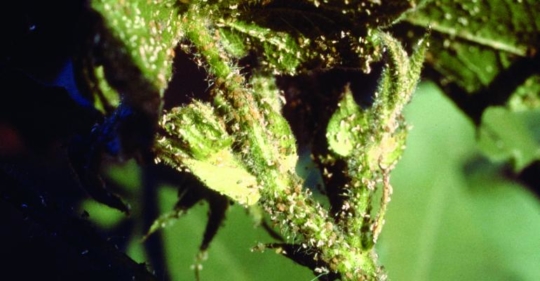Explore our blog featuring articles about farming and irrigation tips and tricks!
Insecticide Seed Treatments Help Make A Stand, But Some May Need A Boost From Foliar Insecticides

By: Larry Stalcup 1
A proper insecticide seed treatment can be the difference between whether early cotton seedlings can survive thrips or other insects just after planting — a time when young plants are already under pressure in typical cool, damp conditions.
Seed treatments may be even more important with the newer herbicide-resistant cotton varieties being used extensively across the Mid-South, says Scott Stewart, University of Tennessee agricultural entomologist.
“Label restrictions prevent tank mixing almost all insecticides with dicamba on XtendFlex cotton,” he says. “Those planning on growing dicamba-tolerant varieties and spraying Engenia or XtendiMax (dicamba) will be especially concerned with at-planting thrips treatments that reduce the chances of needing a foliar application.”
Unfortunately, concerns remain about the consistency of neonicotinoid seed treatments in cotton “because of resistance in populations of tobacco thrips,” he says. He recommends that growers consider the thrips control options outlined by Mississippi State University entomologists to keep plants protected during the seedling stage.
With no insecticide tank mixes allowed, MSU entomologists note, “Be sure to select a seed treatment program that can handle thrips pressure.” They point out that thiamethoxam (Cruiser) is no longer recommended on cotton in the Mid-South because of tobacco thrips resistance, but it still works for other crops when thrips are not the main target.
Stay up to date on all T-L news and get alerts on special pricing!


